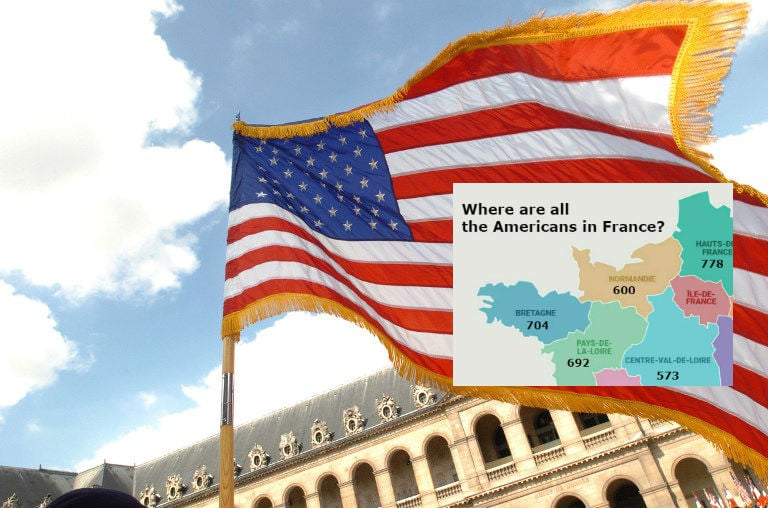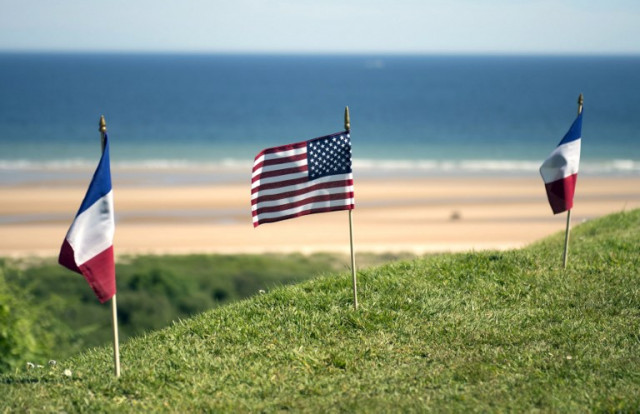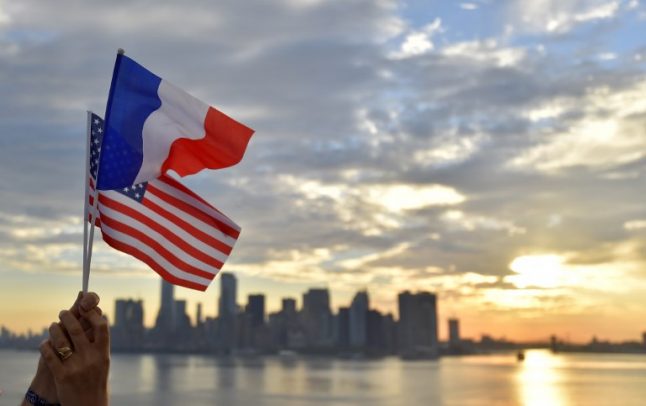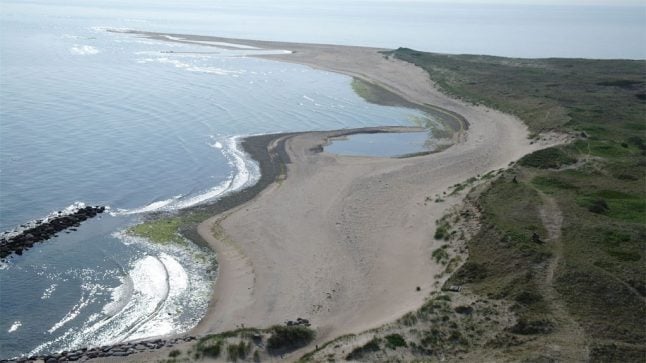- The 11 different Americans that you'll meet in France
- Where in France do all the American expats live?

We sold almost everything. We brought our most expensive clothes. Especially natural fabrics can be difficult to find in France. French clothes are either polyester and/or very expensive. Electronics, furniture and kitchen gear are much easier to find good values.
— What If Brigade (@The_Albatross) November 6, 2018
 Photo: AFP
Photo: AFP



 Please whitelist us to continue reading.
Please whitelist us to continue reading.
Member comments